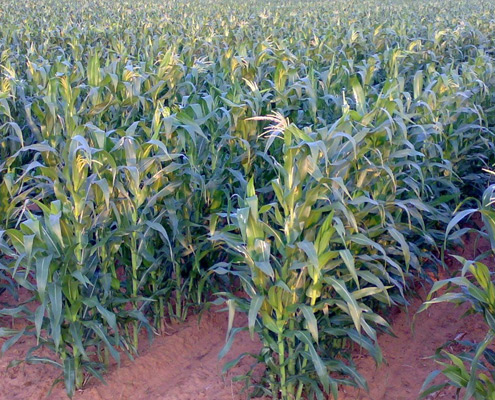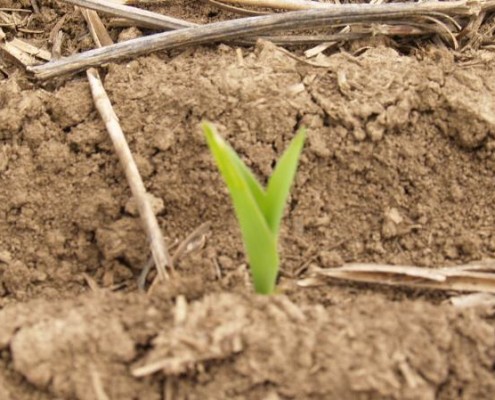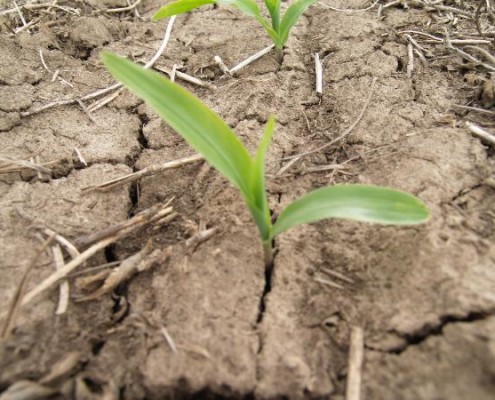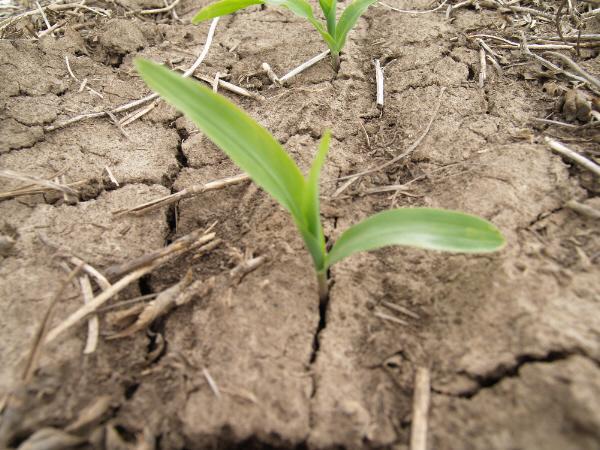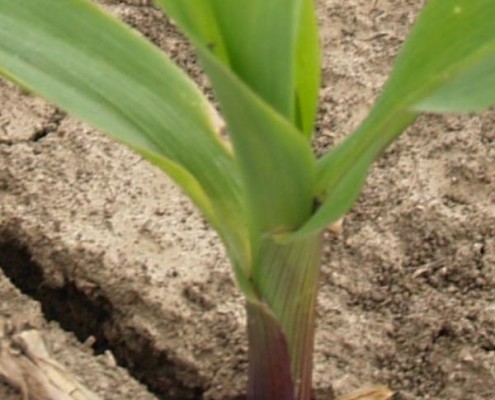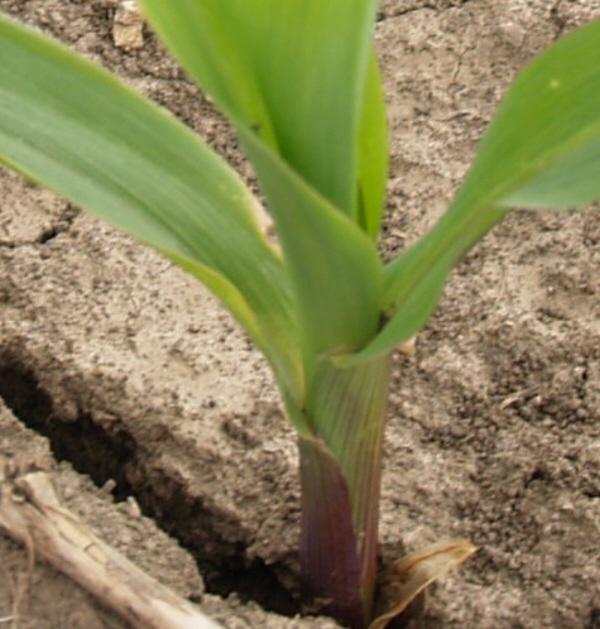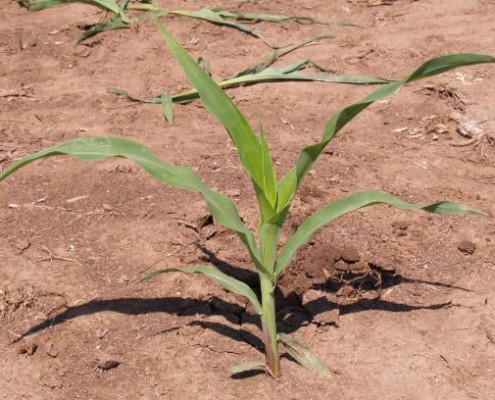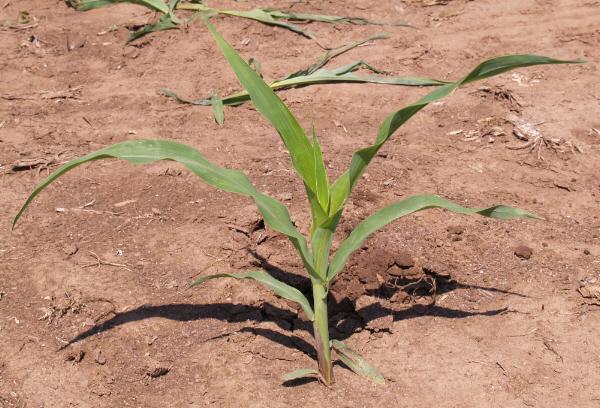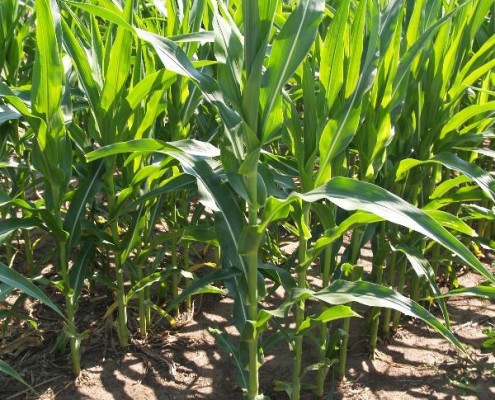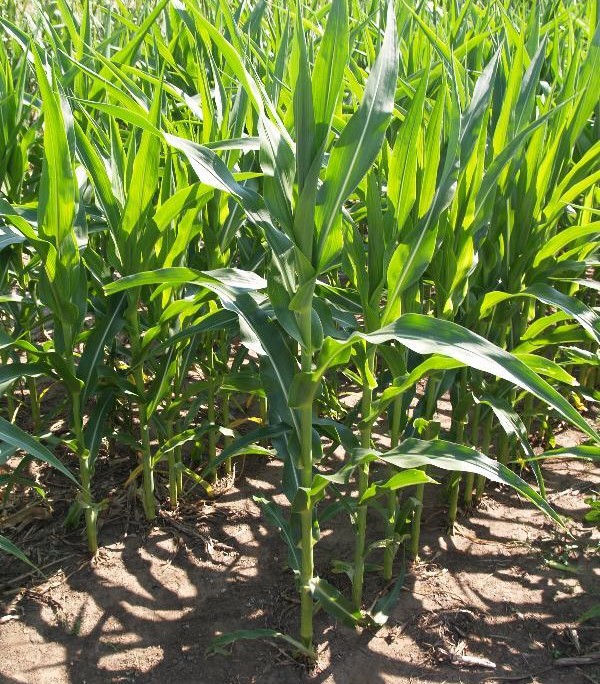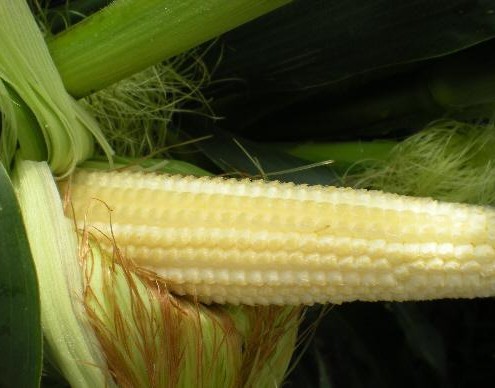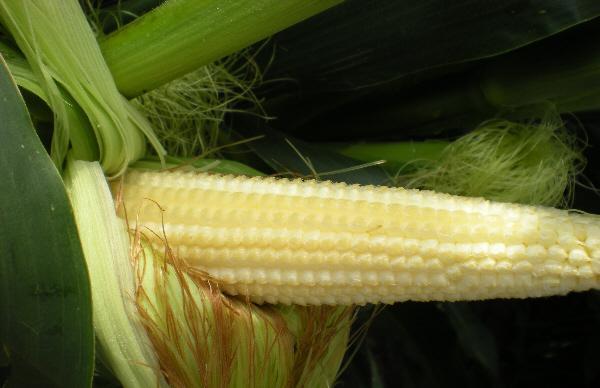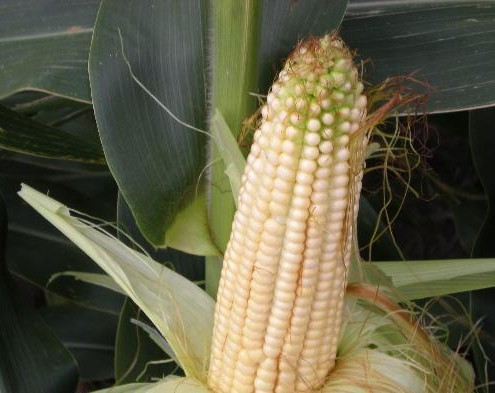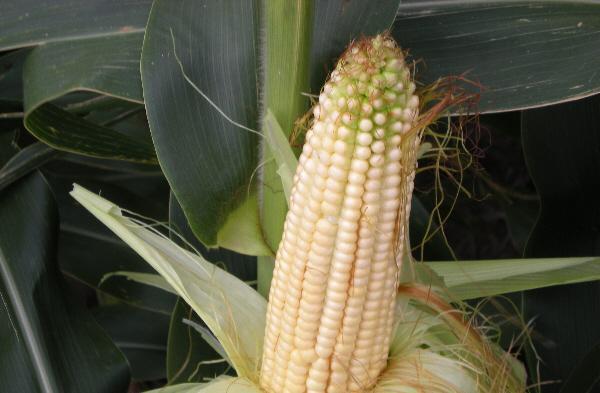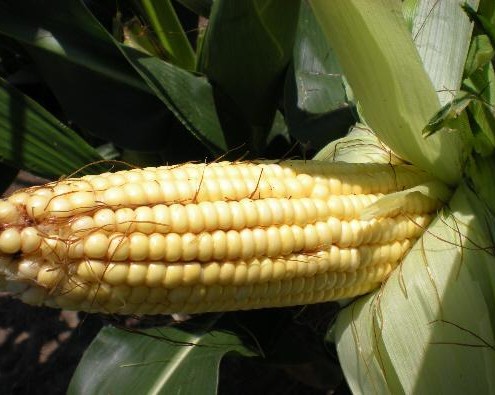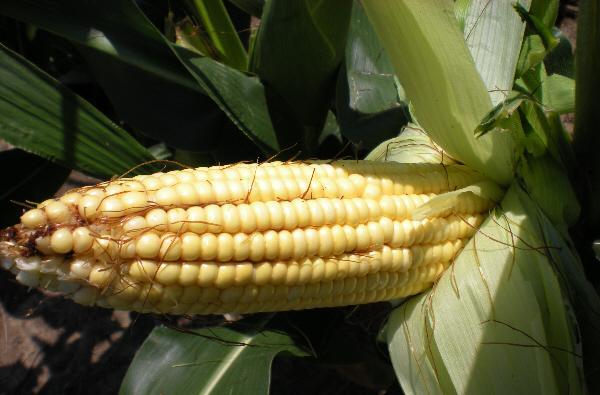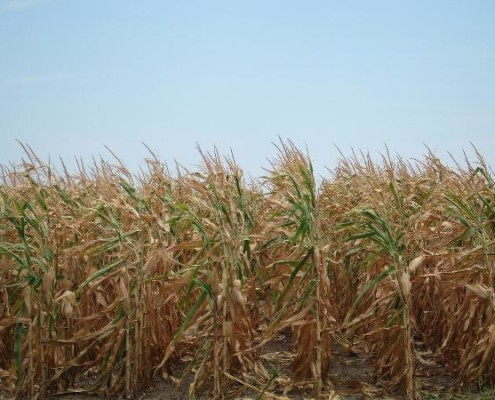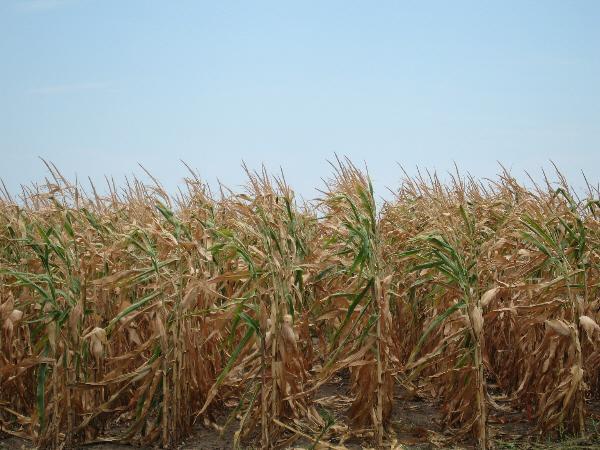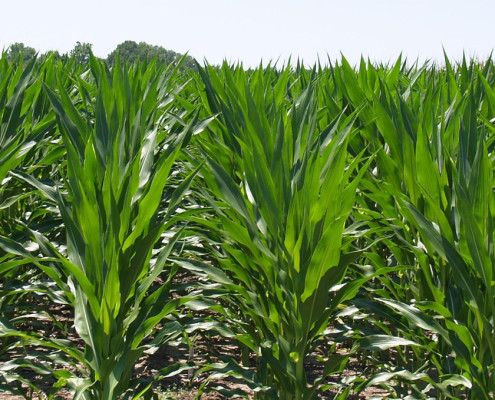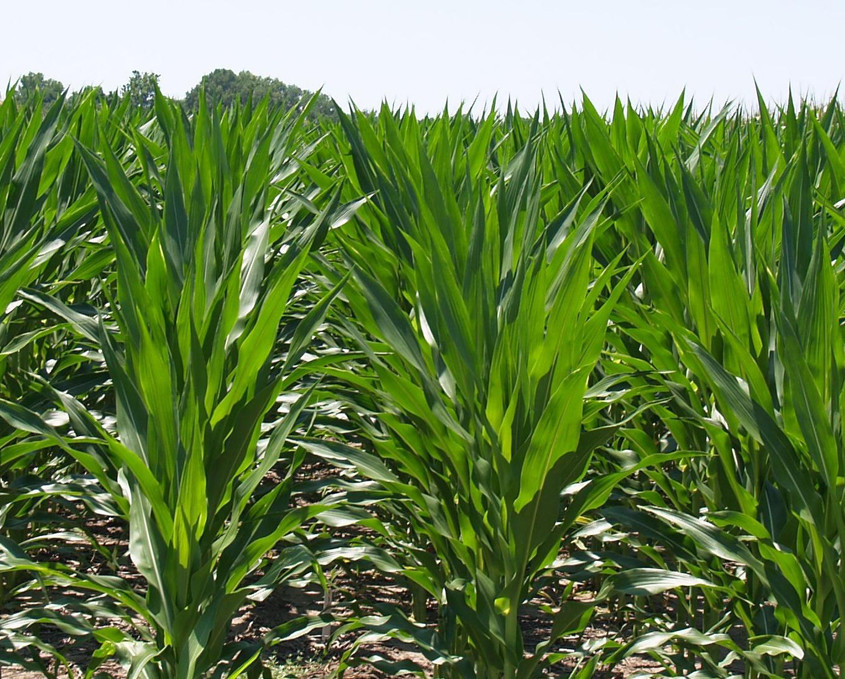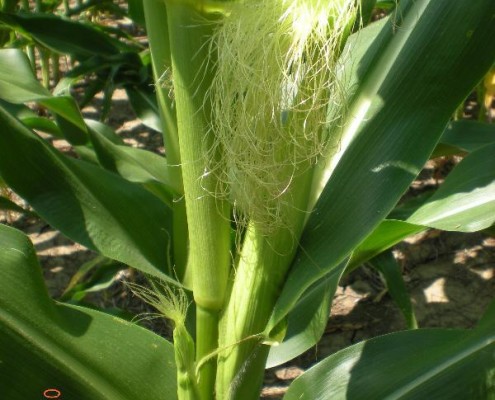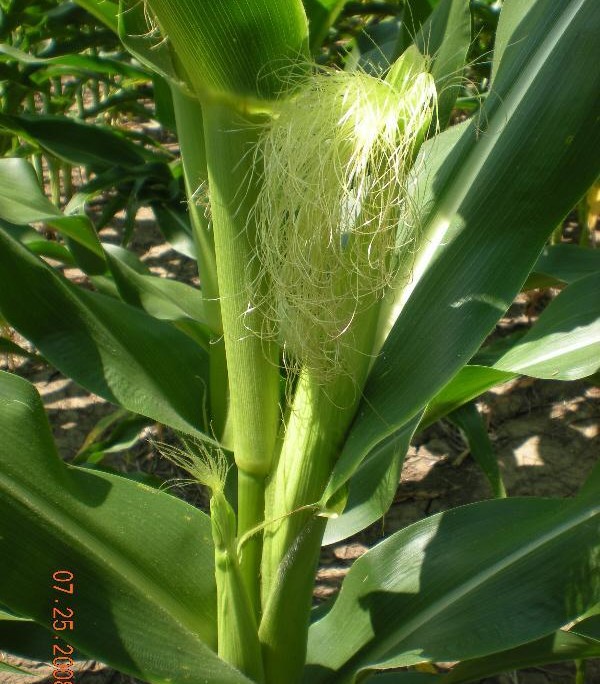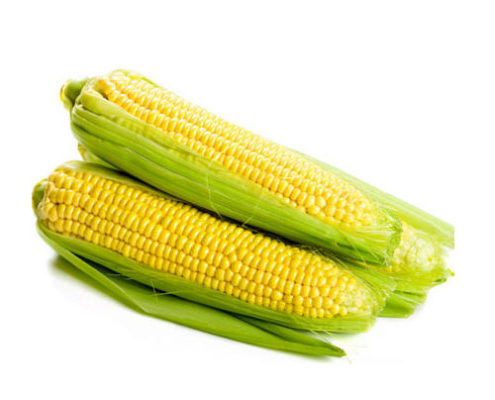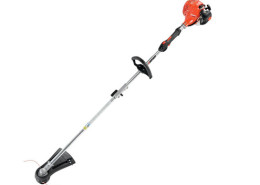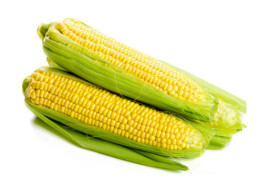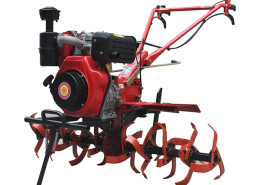Corn Growth & Development!
In the Corn Belt of the United States, including Kansas, corn is an integral component to the success of agriculture. Throughout the growing season, the corn plant undergoes a series of developmental stages as it grows from a seed at planting to a tall plant with an ear at harvest. The following information highlights various stages of growth and development of corn throughout the growing season and various problems during planting and germination. Read more ..
Corn Planting Conditions
Planting Conditions
It is important discuss seed placement at planting before we reach plant growth. This photo illustrates placement of the seed after planting. In this particular field, the planter was set at a depth of 2 inches. This was due to this planting date occurring early (early March), which resulted in cool soil temperatures. Planting shallow in this situation places the seed in an area of higher soil temperatures, which will aid in faster germination. Planting corn into a soil temperature ranging from 50 to 55 degrees Fahrenheit (10 to 12 degrees Celsius) or may take 18 to 21 days to emerge, while between 60 to 65 degrees Fahrenheit (16 to 18 degrees Celsius) can emerge in 8 to 10 days. Knowing the soil temperature at the planting depth being used is important in understanding when emergence can be expected to occur. Read more —-
Seed Germination
Seed Germination
Now that the seed is in the soil, it will begin to absorb water and begin to swell. When enough water has been absorbed and the soil temperature is favorable, germination will occur. The first root called the radicle will then emerge. The picture illustrates the radicle beginning to elongate, approximately ten days after planting. Read more —-
Identifying Stages of Growth
Identifying Stages of Growth
From breaking through the soil surface to maturity, the plant will undergo several growth stages. These stages are separated into two groups: vegetative and reproductive. The point that separates these two groups is the appearance of silks. Listed below are both groupings and their respective stages. Read more —
| Vegetative Stages | Reproductive Stages | ||
| VE | Emergence | R1 | Silking |
| V1 | First Leaf | R2 | Blister |
| V2 | Second Leaf | R3 | Milk |
| * | R4 | Dough | |
| V6 | Sixth Leaf | R5 | Dent |
| V10 | Tenth Leaf | R6 | Black Layer (Physiological Maturity) |
| * | |||
| V(n) | nth Leaf | ||
| VT | Tassle | ||
Vegetative Stages
Vegetative Stages
The first stage observed in the vegetative period is known as VE, which is emergence. At this period, the coleoptile is fully visible, yet no leaves are fully developed.
V1
Full development of the first leaf is known as V1.
The number of leaves that are completely developed determine the vegetative stage the plant is at.
Although there are two leaves present on this plant, it is technically not at stage V2. Full development is achieved when the collar of the leaf is fully visible. Read more —
Conclusion
Conclusions
The growth rate of a corn plant is slow at the beginning of the season, but increases with the presence of each new leaf. Under non-stressful conditions, the time between new leaves will decrease as the season progresses. The plant is most vulnerable to stress during silking, when important pollination events are occurring. As the reproductive stages progress, the effect of stress on seed weight will decrease, while the effect on seed number will be minimal after R2. Highest yields will be achieved in areas where environmental conditions are favorable for these growth stages, especially R1. Unfavorable conditions early in the season will limit leaf size, which will decrease photosynthesis, while stress later in the season can affect pollination in the form of kernel size and number.
Questions? Contact:
Dr. Kraig Roozeboom – kraig@ksu.edu
Aaron Sindelar – sindelar@ksu.edu
Contact about this information
Dr. Kraig Roozeboom – kraig@ksu.edu
Aaron Sindelar – sindelar@ksu.edu
For additional physiological information, consult How a Corn Plant Develops.

